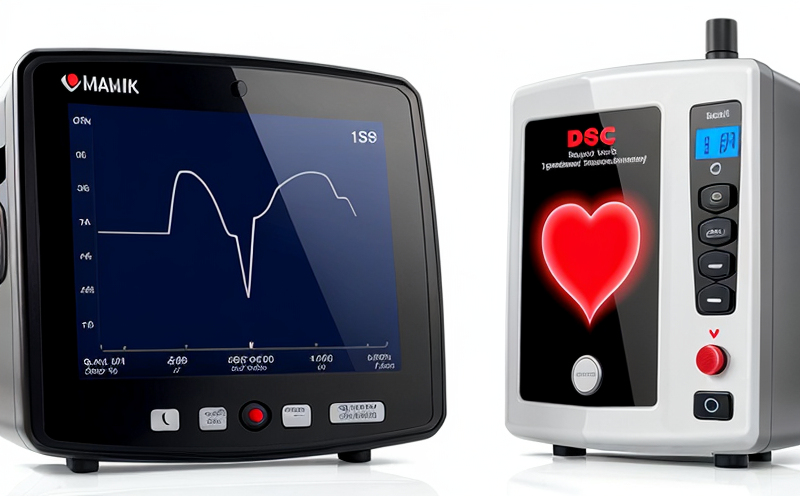ISO 25539-2 Stent Deployment Force Testing
The ISO 25539-2 standard is a critical component of ensuring the safety and effectiveness of cardiac stents, which are widely used in the treatment of coronary artery disease. This standard specifies the methods for determining the deployment force required to deploy a stent from its compressed state into its expanded form. Accurate measurement of this parameter is essential as it directly impacts the performance and reliability of the medical device.
The deployment force test involves subjecting the stent to a series of mechanical stresses that mimic the real-world conditions encountered during insertion. This ensures that the stent can be deployed safely and effectively without causing damage to the surrounding tissue or vessel walls. The test also evaluates the stent’s ability to maintain its structural integrity under various loading scenarios.
Compliance with ISO 25539-2 is not only a regulatory requirement but also a reflection of the manufacturer's commitment to producing high-quality medical devices that meet the highest standards of safety and efficacy. By adhering to this standard, manufacturers can ensure that their products are reliable and perform consistently across different patient populations.
The test setup typically involves using specialized testing equipment capable of applying controlled mechanical forces to the stent sample. The force is applied gradually until the stent fully deploys from its compressed state. Sensors within the testing apparatus measure both the maximum deployment force achieved and any potential deviations from expected behavior. These data points are crucial for assessing the stent's performance and ensuring it meets all necessary specifications.
Understanding the nuances of this test is vital for quality managers, compliance officers, R&D engineers, and procurement professionals involved in the development and manufacturing processes of cardiac stents. It allows them to make informed decisions regarding design optimization, material selection, and process improvements aimed at enhancing product performance while maintaining regulatory compliance.
By leveraging advanced testing techniques like those specified in ISO 25539-2, manufacturers can gain valuable insights into how their products will behave under real-world conditions. This knowledge enables continuous improvement efforts focused on reducing risks associated with device failure or improper deployment, ultimately leading to better patient outcomes.
It is important to note that accurate and consistent measurement of the deployment force plays a crucial role in ensuring reliable results from this test. Factors such as proper specimen preparation, calibration of testing equipment, and adherence to standardized procedures all contribute significantly to achieving precise measurements.
Why It Matters
- Maintains patient safety by ensuring reliable deployment performance.
- Aids in regulatory compliance with international standards.
- Facilitates continuous improvement through detailed analysis of test results.
- Enhances the overall quality and reliability of cardiac stents.
Scope and Methodology
| Test Parameter | Description |
|---|---|
| Deployment Force Measurement | The maximum force required to deploy the stent from its compressed state into its expanded form. |
| Sensor Calibration | Ensures accurate measurement of applied forces throughout the testing process. |
| Specimen Preparation | Involves careful handling and positioning of stent samples for consistent results. |
Benefits
- Ensures regulatory compliance with ISO standards.
- Promotes safer medical devices through rigorous testing procedures.
- Supports continuous improvement initiatives within the manufacturing process.
- Enhances product quality and reliability, leading to improved patient outcomes.





